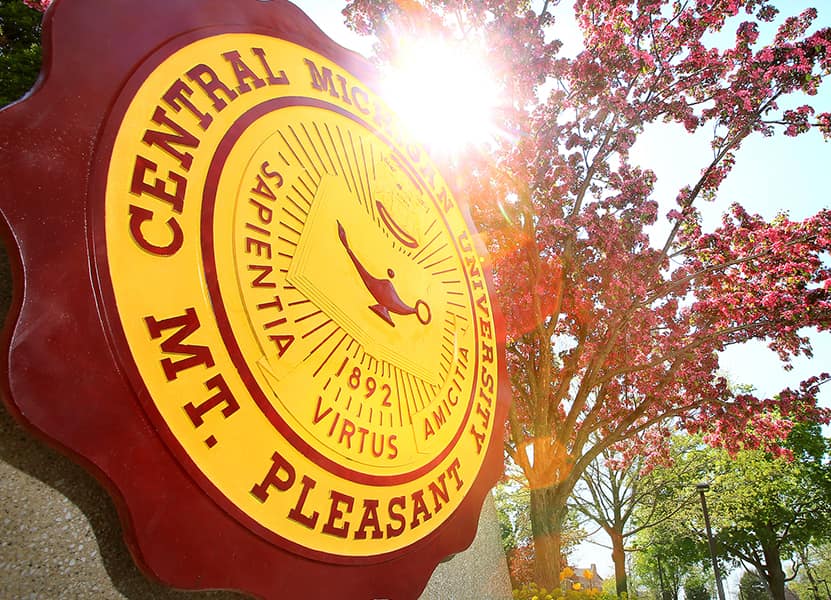The Newaygo County Ku Klux Klan membership cards include approximately 2,400 cards, 1923-1926. The cards document 1,200 members, each with two cards, one filed alphabetically, the other numerically. The original organization has been maintained as follows: Men Alphabetical, Men Numerical, Women Alphabetical, and Women Numerical. The alphabetical sets are filed by surname. The numerical sets are filed by an individual’s membership number. The men’s cards include foreign born members. Both men’s and women’s cards have some cards without numbers, apparently recording prospective members who never paid off their initiation fee. The unnumbered men’s cards include several envelopes and two form letters sent to determine the current status of prospective members.
The cards include the following information for each individual: name, age, address, marital status, telephone number, occupation, other organizational memberships, name of recommending member, dues payments, and automobile type. Cards of foreign born members also include church affiliation, place of birth, literacy in English, and citizenship status.
A photocopied set of the collection is available for research use. Additionally, the collection is available on one reel of positive microfilm Acc#40956, MF.Mss6.
Biography:
There have been three major cycles of Ku Klux Klan activities in the United States. The first cycle began when the Ku Klux Klan was formed in December of 1865 by six young ex-Confederate officers in Pulaski, Tennessee. They derived the name of their organization from “kulosv,” the Greek word for circle. Originally formed for the amusement of bored youth, the organization quickly adopted tactics of violence and terror directed at controlling African Americans in the South during the Reconstruction. It was the extensive use of force and inability of a national organization to establish control of local groups that proved to be the undoing of the Klan. The national organization dissolved in 1869, but activities of local groups were not effectively terminated until 1872.
The Klan was reborn in 1915 in Atlanta, Georgia, under the leadership of William J. Simmons. The organization grew slowly until 1920 when it contracted the services of the Southern Publicity Association, headed by Edward Young Clarke and Mrs. Elizabeth Tyler, to handle recruitment and publicity. In this incarnation, the Klan was not specifically focused against African-Americans, instead it promoted itself as the defender of “American values.” Recruiters were to find out the concerns of a community and represent the Klan as the solution to those issues. The list of Klan concerns grew to include: Catholics, Jews, Asian Americans, African Americans, drugs, adultery, sex, bootlegging, violations of the Sabbath, and many others.
Under the tutelage of Clarke and Tyler the Klan became quite a financially successful institution, which encouraged good salesmanship. Each member had to pay a ten dollar initiation fee called a Klectoken, which was divided up as follows: $4 to the recruiter, or Kleagle; $1 to the state sales manager, or King Kleagle; $ .50 to the regional sales manager, or Grand Goblin; $2.50 to Clarke and Tyler; $2 to Simmons.
By the mid-1920s, the national Klan had well over three million members and political clout from Maine to California. In Michigan, the Klan grew to approximately 75,000-80,000 members, about half of which were in the Detroit area. Before Michigan was officially incorporated into the national system, the Klan recruited under the fictitious name of “National Research Bureau.” While waiting for incorporation, the Detroit Klansmen created their own independent organization, the “Spend Your Money With Americans” club. The Michigan Klan was constantly plagued by bickering over how to distribute its financials spoils. This fact, combined with the lack of significant political success and the use of excessive violence, helped push the Michigan Klan into decline by 1926.
The same three factors; violence, politics, and financial exploitation by the leadership; led to a decline in the national Klan, which by 1928 had decreased to several hundred thousand members. Although not officially dissolved until 1944 to pay off back taxes, the Klan had lost most of its influence.
The Klan was formed for a third time in October 1946 and continues to exist. The current version has never gained the influence of its predecessors, although activity and violence grew substantially in response to the Civil Rights movement of the mid-1950s and 1960s. During this period, the group’s wrath refocused on African Americans.
This collection dates from the second incarnation of the Klan, when its power was at its zenith. The membership records of the Newaygo County branch of the Ku Klux Klan were kept on the farm of Mr. Anderson, the group’s treasurer, and document both the Klansmen and the woman’s auxiliary unit.
